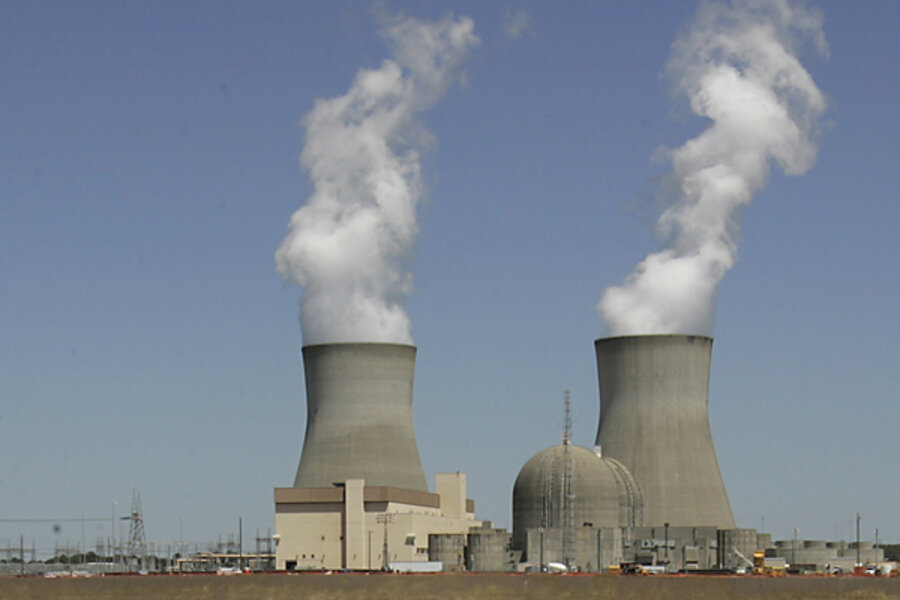Artificial booms and non-economic goods
Loading...
The blogosphere wants to know: during the artificial boom, how can both investment and consumption grow at the same time?
There are multiple answers. But one aspect of the answer has not gotten the attention it deserves.
Douglass North has some wonderful books showing how social stability and secure property rights fuel the growth of wealth via the expansion of the division of labor and the ever increasing incorporation of once marginal non-economic goods into the division of production. North not only documents how productive inputs like land have gone into and out of production, and also explains the how and why of it — and the consequences for social wealth — using not much more than freshman-style marginalist analysis applied to labor and production.
Largely un-noted, Friedrich Hayek has an equally powerful discussion on the same topic, explaining the economics of the existence of non-demanded (hence non-scarce and non-economic) but latently valuable resources, currently unused but potentially exploitable — potentially productive goods exploitable once the time-depth and complexity of the capital structure is extended beyond it current dimension. Imagine some currently unused rare earth material exploitable in the production tools dedicated to the production of nuclear electric plants. (See Hayek’s discussion, The Pure Theory of Capital, pp. 59-63, [Collected Works Ed., pp. 80-83] )
In simple words, during the artificial boom, the depth of the time and complexity dimensions of the capital structure are extended beyond the point where they can be sustained, temporarily adding to output — and temporarily giving value to — previously latent inputs which will lose their value when the time and complexity dimensions of the economy retract. Things which were temporarily counted as economic goods suddenly lose their economic status — they are no longer in the chain of production, they are no longer demanded, and they are no longer counted as scarce for the purposes of economization. They are simply no longer economic goods, and are no longer counted in GDP. And they are no longer contributing to output.
These same considerations should apply to highly specialized labor skills — non-economic but latently valuable prior to the artificial boom, valuable and contributing to output during the artificial boom, and once again non-economic and not contributing to output after the boom.
Add/view comments on this post.
------------------------------
The Christian Science Monitor has assembled a diverse group of the best economy-related bloggers out there. Our guest bloggers are not employed or directed by the Monitor and the views expressed are the bloggers' own, as is responsibility for the content of their blogs. To contact us about a blogger, click here. To add or view a comment on a guest blog, please go to the blogger's own site by clicking on the link above.





